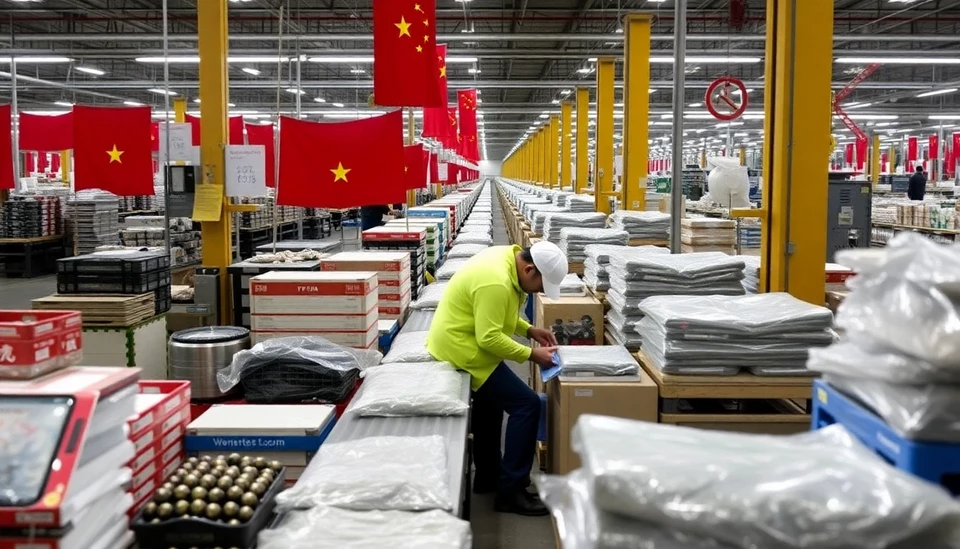
In a surprising turn of events, recent data indicates a notable expansion in China's factory activity, leading analysts to speculate on the future landscape of the nation’s economically pivotal manufacturing sector. As businesses brace for potential tariffs proposed by the Trump administration, this growth ahead of expected trade tensions underscores a significant yet unexpected resilience in China's industrial output.
The purchasing managers' index (PMI), which serves as a vital gauge for manufacturing performance, has revealed an increase, depicting a scenario contrary to what many economists had predicted. Instead of showing signs of contraction or slow growth, the index rose to a level that suggests manufacturing activity is not only maintaining stability but is on an upward trajectory as companies ramp up production in anticipation of changes in the trade environment.
Economists mostly expected the looming tariffs, which are suggested to target numerous consumer goods and components essential for manufacturing, to instigate caution among businesses, leading to decreased output. However, the latest figures from the National Bureau of Statistics in China paint a different picture, suggesting that manufacturers may be taking proactive measures to stockpile goods before any potential trade barriers come into play.
This unexpected growth can also be attributed to a variety of factors, including government stimulus measures aimed at bolstering the economy. In the past year, Beijing has implemented policies designed to support domestic production and consumption, which may have cushioned the sector against external shocks. Such measures include monetary easing and infrastructure spending, both intended to invigorate economic activity amid increasing global uncertainties.
Furthermore, analysts have noted a spike in demand from both domestic and international markets. As consumers increasingly turn to Chinese goods amidst rising prices elsewhere, this has allowed manufacturers to remain competitive even with the looming threat of tariffs. Export orders have reportedly increased, bolstering the confidence of companies to enhance production capabilities in the short term.
Looking forward, industry experts remain cautiously optimistic. While the current statistics suggest a positive trajectory, the potential for trade tariffs introduces an element of unpredictability. Businesses are advised to remain vigilant and adaptable, as changes in the geopolitical landscape could rapidly alter market conditions. In essence, while the rise in factory activity presents a promising snapshot, the underlying anxieties linked to trade conflicts could influence future growth patterns.
As the situation evolves, all eyes will be on how manufacturers respond to the tariffs that are expected to roll out in the coming months. The interplay between domestic resilience and external pressures will be crucial in shaping China's industrial future as it navigates the complex waters of global trade relations.
To sum up, this latest data serves as a reminder of China’s manufacturing sector's capacity to both innovate and endure amidst uncertain international climates. The expansion in factory activity provides a glimmer of hope for a country that has often been characterized by its dynamic economic environment, yet it remains to be seen how long businesses can sustain this upward momentum in the face of potential new trade barriers.
#ChinaFactoryActivity #ManufacturingGrowth #TrumpTariffs #EconomicResilience #PMI #TradeWar #ChinaEconomy #GlobalTrade
Author: Rachel Greene




